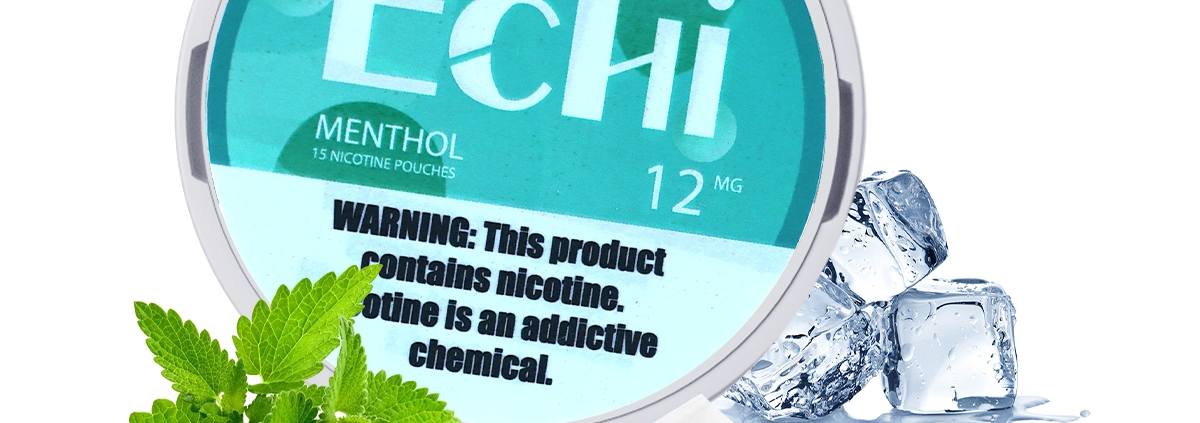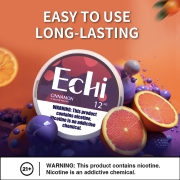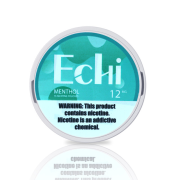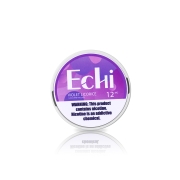Understanding Zone Pouches Ingredients for Bulk Purchases
The nicotine industry is evolving rapidly, and products like Zone pouches have emerged as a key category within the smokeless segment. These discreet, tobacco-free nicotine delivery formats appeal to modern consumers seeking cleaner, more socially acceptable alternatives to traditional tobacco products. For wholesalers, private-label brands, and procurement managers, understanding what goes into these pouches is crucial for making informed bulk purchasing decisions.
This guide provides a deep dive into the ingredients used in Zone pouches, explains why ingredient quality matters, and outlines key factors in regional procurement and supplier selection.
1. What Are Zone Pouches?
Zone pouches are pre-portioned, smoke-free nicotine products designed to offer convenience, discretion, and an appealing flavor experience. They deliver nicotine through oral absorption—no smoke, no spit, and no combustion. As consumer demand for alternative nicotine solutions increases, Zone pouches have gained strong momentum in both retail and wholesale markets.
For B2B buyers, Zone pouches represent a scalable opportunity with multiple product formats and customization options available via OEM and white-label channels.
2. Key Ingredients in Zone Pouches: What Bulk Buyers Should Know
Zone pouches are formulated with precision, combining several ingredients to ensure consistent performance and user satisfaction:
-
Nicotine: The core active compound, typically extracted from tobacco or synthesized chemically. Buyers should verify the nicotine preparation method used by the supplier—synthetic options often offer regulatory flexibility.
-
Flavorings: Essential for consumer retention. Popular variants include mint, citrus, and fruit blends. Premium flavoring ensures smoother mouthfeel and better shelf appeal.
-
Plant-Based Fibers: These neutral carriers provide structure to the pouch and affect mouth comfort and release rate.
-
Moisture Content: Critical for nicotine absorption. Optimal moisture enhances bioavailability without compromising pouch integrity.
-
Preservatives: Food-grade additives extend shelf life and prevent microbial degradation, especially in high-volume inventory management.
Understanding the makeup of each pouch helps businesses select suppliers who prioritize quality and consistency—key to sustaining consumer trust.
3. Why Ingredient Quality Matters in Bulk Procurement
Corporate buyers must assess ingredient quality not only for product performance but also for brand protection and regulatory compliance. Subpar ingredients can lead to:
-
High return rates and customer dissatisfaction
-
Regulatory issues or import rejections
-
Shelf instability in bulk inventory
Key due diligence points include:
-
Source verification: Is the nicotine tobacco-derived or synthetic? Where are flavorings sourced?
-
Third-party testing: Suppliers should provide lab reports confirming ingredient safety and potency.
-
Compliance alignment: Ingredients must comply with FDA, EU TPD, or local equivalents depending on your target market.
4. Regional Procurement Channels: Key Differences
United States
The U.S. operates under FDA oversight for all nicotine-containing products. Buyers should prioritize manufacturers with GMP certifications and documented ingredient traceability. Liquid nicotine wholesalers like Snuff Factory offer FDA-compliant options tailored for the domestic market.
China
China is a leading nicotine source country—especially for synthetic nicotine and pouch manufacturing at scale. Many nicotine factories in China offer price advantages but require careful vetting for compliance and export readiness. Ensure suppliers have ISO or HACCP certification and experience in customs clearance procedures.
Europe
European markets impose strict guidelines, especially under the Tobacco Products Directive (TPD). Flavor limitations and labeling standards apply. Partnering with an EU-registered OEM supplier ensures smoother market entry and regulatory alignment.
5. Bulk Cost Breakdown: What Affects Your Margin
Understanding the cost structure of Zone pouch production helps in negotiating better terms and optimizing your product’s pricing strategy.
-
Raw Ingredients: Nicotine type, flavor concentration, and carrier fiber quality determine base material costs. Synthetic nicotine may offer price predictability.
-
Manufacturing Costs: Includes extraction, formulation, pouch filling, and sealing. Factory automation level significantly impacts per-unit cost.
-
Packaging: From tins to pouches, material type and customization level affect final pricing. Consider scalable options that balance aesthetics and logistics.
-
Shipping & Customs: International orders may incur additional costs—weight, hazardous material classification, and customs documentation should be factored in early.
6. White Label vs. OEM: Finding the Right Fit
White Label
Pre-formulated Zone pouches with your brand identity. Ideal for rapid market entry, especially for testing demand or creating private-label lines for retail chains.
OEM (Original Equipment Manufacturer)
Fully customized formulation and design. Suitable for brands looking to differentiate with proprietary flavors, unique nicotine strengths, or innovative packaging formats.
Strategic Tip:
-
Go white label for speed and simplicity.
-
Opt for OEM when building a premium, long-term brand with distinct positioning.
7. Bulk Order Process & Partnership Steps
1. Sampling
Request samples for quality assurance. Review taste, pouch integrity, and labeling before committing to larger volumes.
2. Order & Pricing
Most suppliers offer tiered pricing based on volume. Confirm MOQ (minimum order quantity), lead times, and price per unit.
3. Contracting
Negotiate flexible terms—look for clauses covering quality disputes, production delays, and volume adjustments.
4. Logistics
Pre-plan international shipping with your supplier. Ask for assistance on import documents, customs clearance, and freight consolidation options.
5. Ongoing Quality Monitoring
Schedule periodic sample reviews and maintain open communication with your supplier to ensure consistency across batches.
8. Choosing the Right Supplier
A reliable supplier is key to maintaining consistency, regulatory compliance, and product appeal. Look for the following:
-
Transparency: Detailed ingredient sourcing, COAs (Certificates of Analysis), and open pricing models
-
Customization Options: Full OEM capabilities with support for flavor development and pouch format
-
Production Scale: Can they grow with your business?
-
Market Expertise: Experience with U.S., EU, and APAC regulatory environments
Recommended Partner: Snuff Factory
-
Offers full-spectrum white label and OEM solutions
-
Trusted as a liquid nicotine wholesaler and pouch manufacturer
-
Well-established documentation and logistics support for international buyers
Explore their product range or contact their B2B team for tailored procurement solutions.
Conclusion
Zone pouches reflect a growing shift toward clean, convenient nicotine products. For corporate buyers and bulk procurement teams, understanding the formulation, ingredient sourcing, and cost structure is essential to securing a strong market position. Whether you’re launching a new brand or scaling an existing one, choosing the right supplier and production model—white label or OEM—can be the defining factor for success.
Start by evaluating ingredient quality, clarifying your business goals, and building relationships with experienced manufacturers like Snuff Factory. With the right foundation, your Zone pouch brand can thrive in a competitive and fast-growing market.









Leave a Reply
Want to join the discussion?Feel free to contribute!